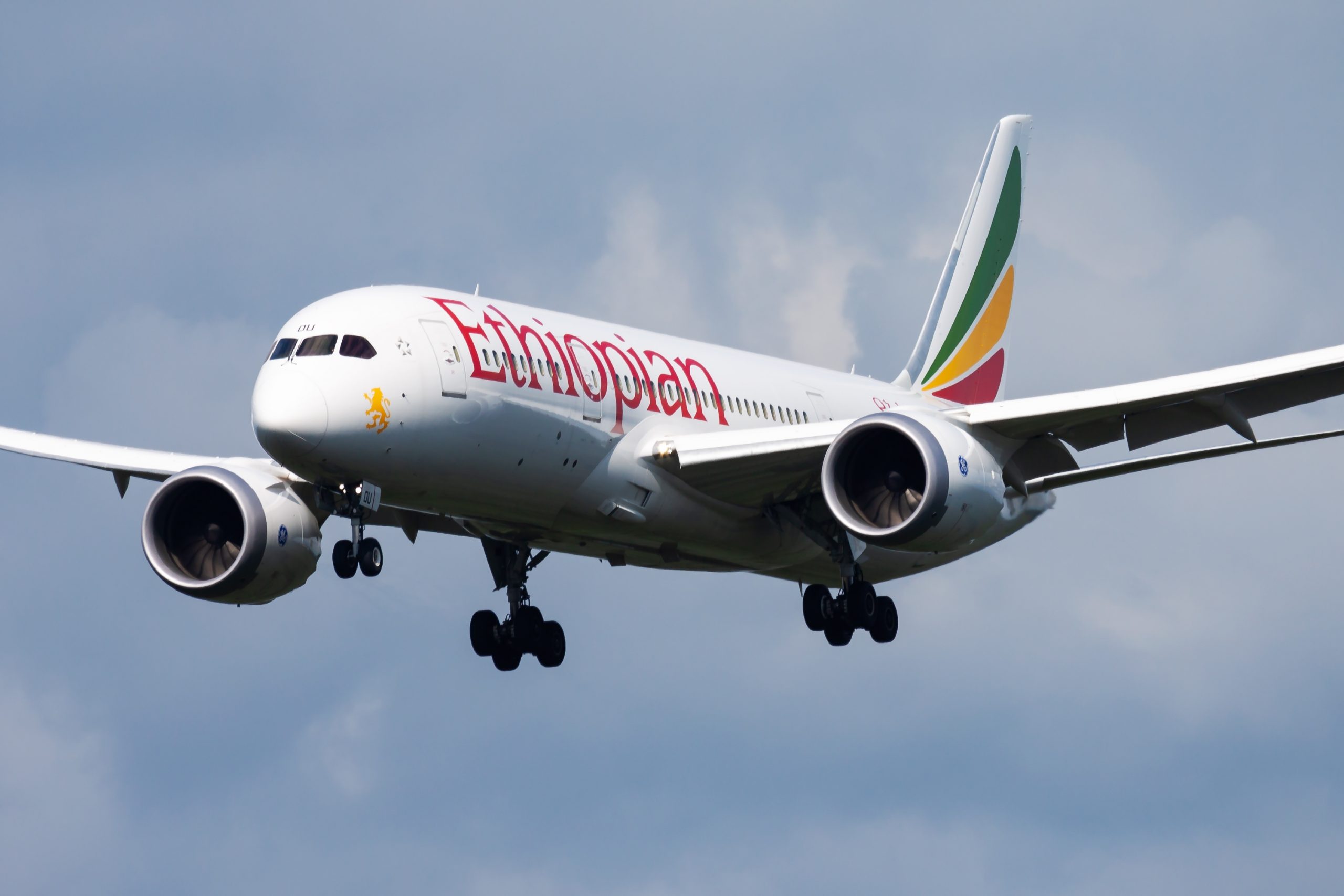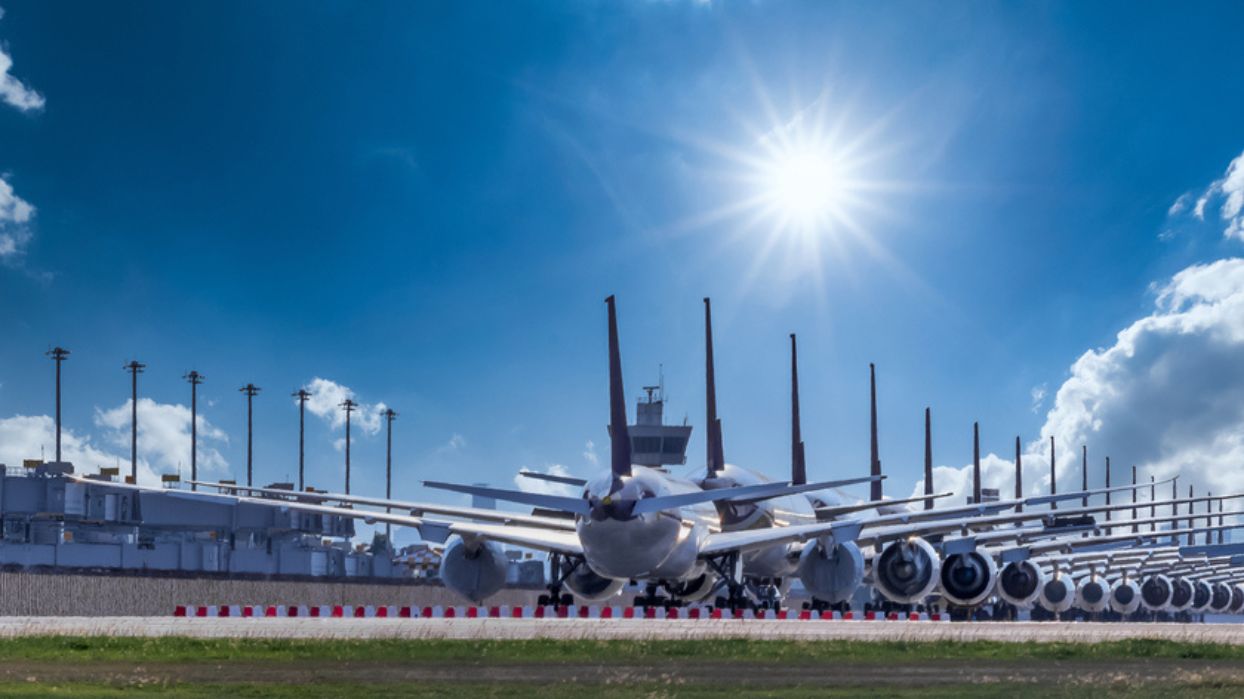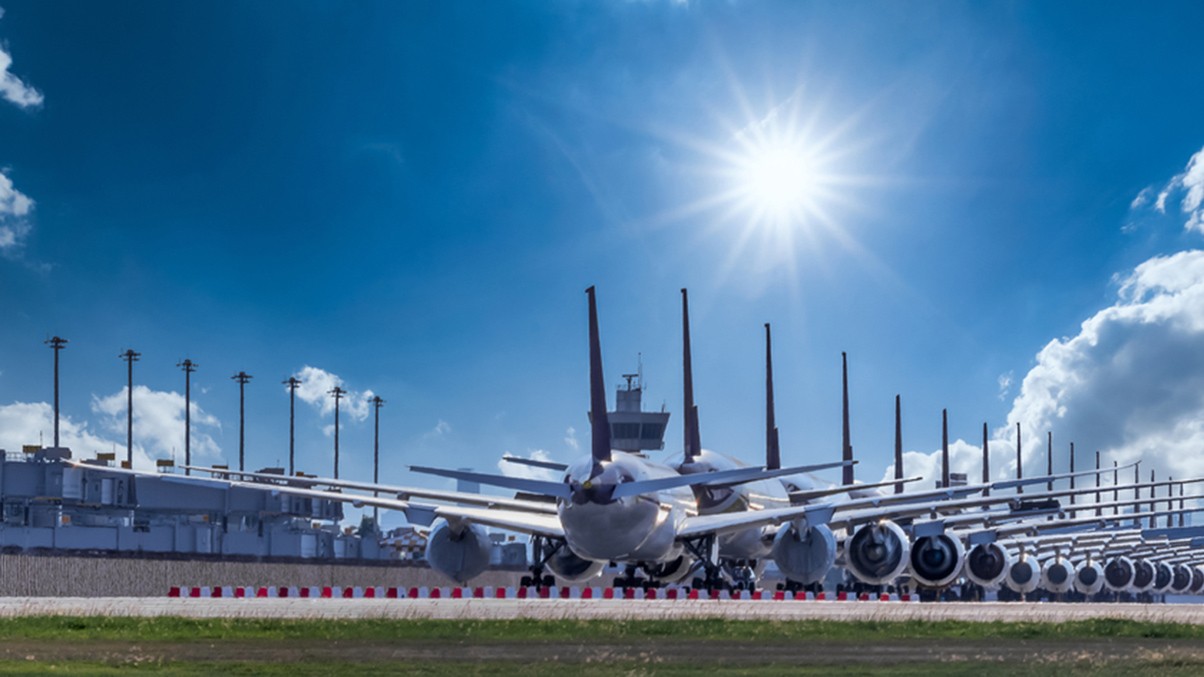In November 2022, Egypt hosted COP27, bringing together over 35,000 stakeholders, including political leaders and climate activists, to find agreement on climate-related issues. One stakeholder present was the International Civil Aviation Organisation Council (ICAO) president, Salvatore Sciacchitano, who advocated for the ICAO assembly’s decision to achieve net zero carbon emissions from air transport by 2050.
Given that the aviation industry accounts for around 2.5% of global CO2 emissions, focusing on reducing emissions in this sector is vitally important if we are to limit the global temperature increase to below 2 degrees Celsius.
The question is whether the aviation industry’s net zero target is realistic and, if so, what technological advances will we need to get there? Furthermore, how will the move towards net zero impact other aspects of the aviation sector, and what can we do to mitigate legal problems that may arise? There are signs that 2023 will be an interesting year for the aviation industry, and it may provide some insight into the journey ahead towards net zero.
This first part of a two-part analysis by Gemma Laing, Peter Neenan, Elaina Bailes and Alex Jay consider examples of technologies that may play a role in the industry’s decarbonisation journey. The second part considers the broader impacts of decarbonisation on the aviation sector.
Reducing aviation emissions in the UK – regulation
ICAO’s agreement to establish an international net zero target has shifted the responsibility onto individual countries to develop their own measures to reduce emissions in line with ICAO’s goal. The organisation has implemented a global market-based measure for aviation emissions that offers a coordinated approach to reducing emissions from international aviation. During the initial phase of the Carbon Offsetting and Reduction Scheme for International Aviation (CORSIA) until 2027, the scheme will only apply to international flights between states that have volunteered to participate. The UK is one of 115 countries that have volunteered.
This means that all aircraft operators in the UK with CO2 emissions greater than 10,000 tonnes must report their emissions annually, with the expectation that the government will then work with ICAO to determine the number of offset credits they need. This is governed by The Greenhouse Gas Emissions Trading Scheme Order 2020, which requires aircraft operators to apply for emissions monitoring plans and monitor and report emissions. Failure to comply with the CORSIA requirements can result in significant financial penalties, so it is important operators are aware of their obligations under CORSIA.
The UK has also announced its own Jet Zero strategy, which commits the UK aviation sector to achieving net zero emissions by 2050. In its report published in July 2022, the UK government set out the strategy and policy measures it will implement under this plan. The plan confirms it will work in partnership with the Civil Aviation Authority and key partner countries to develop the regulatory frameworks required to achieve the net zero goal.
Since then, the government has implemented various initiatives to tackle aviation emissions. In February 2023, it published a consultation on the 2040 net zero emissions target for UK airports. The consultation aims to help the government determine the framework of the task, including the mandatory or voluntary approaches that could be used to enact this target. The government also published its second consultation on its proposals for a UK sustainable aviation fuels (SAF) mandate for at least 10% SAF to be blended into conventional aviation fuels by 2030. The proposal envisages this obligation falling on jet fuel suppliers, although this is yet to be decided.
The UK’s Jet Zero strategy is encouraging as it has set out a clear trajectory for aviation emissions to fall between now and 2050. However, we are yet to see what this means for the future regulation and enforcement of this target, as there are currently no penalties proposed for emissions that exceed the government’s objectives.
Operators and other companies in the aviation industry will need to navigate this area with particular care as regulations emerge over the next decade. They will need to consider taking legal advice regarding requirements to report emissions, use SAF and abide by future regulations under the Jet Zero strategy.
Virgin Atlantic’s first-ever net zero emissions flight
British airline Virgin Atlantic has made an exciting announcement for 2023, confirming it will operate the world’s first-ever net zero emissions flight across the Atlantic later this year. To achieve this, it plans to use 100% SAF derived from sustainable feedstocks that release reduced carbon emissions compared to normal jet fuel. Virgin Atlantic has said using 100% SAF will reduce carbon emissions by over 70%, with the remainder of the net zero target being met by an investment in carbon-removal credits. The prospect of this flight is exciting as it could mark a turning point in the decarbonisation of the aviation industry.
Current regulations only allow commercial aircraft to operate with a 50% blend of SAF alongside traditional jet fuel, so this flight will be important in demonstrating the safety and viability of fuelling commercial aircraft with SAF. If successful, this flight could bring about changes in regulation, enabling aircraft to use higher proportions of SAF in their fuel and potentially leading to significant decreases in carbon emissions in the future.
With the goal set to achieve net zero in the aviation industry by 2050 and the commitment of organisations in the sector to prove its viability, it is important the industry is ready for an increased demand for low-emission air travel over the coming decades. Without reducing air travel, decarbonisation of the industry will require dramatically scaling up the production of SAF as well as accelerating the manufacture of new types of net zero aircraft. There are already many exciting projects worldwide that are taking steps in this direction.
Scaling up SAF production
SAF have a lower lifecycle carbon footprint than traditional jet fuel and are often viewed as a leading solution to decarbonising the aviation industry. SAF are particularly promising as they have similar physical and chemical characteristics to traditional jet fuel and so can be easily used as a substitute without having to redesign aircraft and aircraft engines. The International Air Transport Association has gone as far as to say that SAF could account for about two-thirds of the emissions reductions needed to reach the net zero target. However, scaling-up production quickly enough to meet this target is difficult, given that the industry would need to build around 300-400 new SAF plants by 2030, and plants take about five years to build.
This challenge is compounded by the fact that SAF remain much more expensive than jet fuel. This is partly because the feedstock required to produce SAF is also needed by many other competing sectors, such as agriculture and food production. The demand for feedstock currently outweighs the supply, which increases the cost of SAF production. Consequently, a large amount of investment is needed to increase production at the requisite pace and drive down costs.
Despite these challenges, there is much interest in the public and private sectors in increasing SAF production. The United States government recently passed the Inflation Reduction Act, which incentivises SAF production by granting a tax credit of up to $1.75 per gallon until 2027. There are also companies backed by large investors looking to bring SAF to the market, such as LanzaJet, which produces an SAF using waste carbon-rich gasses from industrial processes.
With the cost of fossil fuels increasing and the forecast that global aircraft emissions will triple by 2050, the prospect of reducing aviation emissions with a jet fuel substitute is highly attractive. It will likely draw much more interest and investment over the next decade.
Heart Aerospace: electric-powered aircraft
Heart Aerospace is a Swedish-based start-up designing an electric-powered short-range airliner called the ES-30 with a seating capacity of 30 passengers. The ES-30’s current range is 200km inclusive of typical airline reserves, and this range can be extended to 400km with the use of a reserve-hybrid system powered by SAF. The plane will use electric-powered battery technology with the effect of producing no noise and zero emissions (if the electricity is produced using renewable energy). Heart Aerospace aims to bring the aircraft into commercial service by 2028 and already has over 100 provisional orders.
What is unique about this particular innovation compared to other low-emission fuels and engines is that it is quite cost-efficient. With costs continuing to fall, it is thought the ES-30 will soon be able to compete with jet-fuelled alternatives. Although the aircraft is not yet suitable for long journeys, it is expected to be a game-changer for short flights. Heart Aerospace aims to make electric air travel commonplace for regional flights in the near future.
ZeroAvia: hydrogen-powered aircraft
In January this year, ZeroAvia, a UK and US-based company, operated a ten-minute test flight where one propeller was powered by an engine that converts hydrogen fuel into electricity. The 19-seat test aircraft was significantly larger than the previous aircraft used to test these types of engines. Further successful flights may lead to the production of hydrogen engines built for even larger vessels. The company aims to have commercial flights powered solely by hydrogen fuel cells by 2025. However, it has been acknowledged by operators such as Airbus that most commercial airlines will still be using gas turbine engines until 2050.
The main problem with hydrogen-based aviation is its ability to use it at scale while keeping it sustainable. Currently, hydrogen production requires a huge amount of electricity, much of which comes from fossil fuels. The way to produce clean hydrogen is by using water and an electric current from a renewable source. So, until we have increased renewable energy resources, producing clean hydrogen at a scale large enough for commercial use will remain difficult.
Wider impacts on the aviation sector
In the second part of this analysis, we look at the wider impacts of decarbonisation on the aviation sector, including the potential litigation risks.
Commercial Aviation Disputes team at Stewarts
Stewarts has substantial experience in complex disputes arising from the aviation sector, drawing expertise from our market-leading Commercial Litigation, International Arbitration, Aviation, Insurance, Policyholder Disputes, Insolvency, and Sanctions teams.
You can find further information regarding our expertise, experience and team on our Aviation pages.
If you require assistance from our team, please contact us.
Subscribe – In order to receive our news straight to your inbox, subscribe here. Our newsletters are sent no more than once a month.








